(Rome, 1900 - 1966). Painted on two sides: on one side the young woman with glasses is represented, in charcoal/pencil monochrome; on the other side - a lively and whimsical oil portrait of a little girl dressed in a coat. Great sensitivity of delicate colors and plastic sense of material brushstrokes. Painter born in Rome on September 16, 1900. Son of art: his father Oscar, taught sculpture at the local Schools of Fine Arts in Parma. He has taken part in many union exhibitions; at the Venice Biennale; at the Cremona Prize. Prize of the Royal Academy of San Luca in Rome (1925 and 1932). Works in public and private galleries: Royal Academy of San Luca in Rome; Foreign Ministry; Fascist Confederation of Industrialists; Fascist Confederation of Farmers; After work of Littoria.
In 1930 he took part in the XVII International Biennial Art Exhibition of the City of Venice. The artist's brilliant career was abruptly interrupted several times by historical events: he participated with Mussolini in the march on aroma, but soon joined the anti-fascist movement, living in semi-clandestinity. During the war he will be deported to a concentration camp in Germany, but a German gives him paper and pencils, Spalmach continues to paint, documenting dramatic life and making portraits of prisoners. He hides paintings and .. During the liberation, he takes them with him. They will be rare and precious testimonies of the historical tragedy, rediscovered and exhibited in various exhibitions. The painting on the thick cardboard has slightly worn edges, not perfect. Painting of great expressive force, despite being two quick sketches from life.




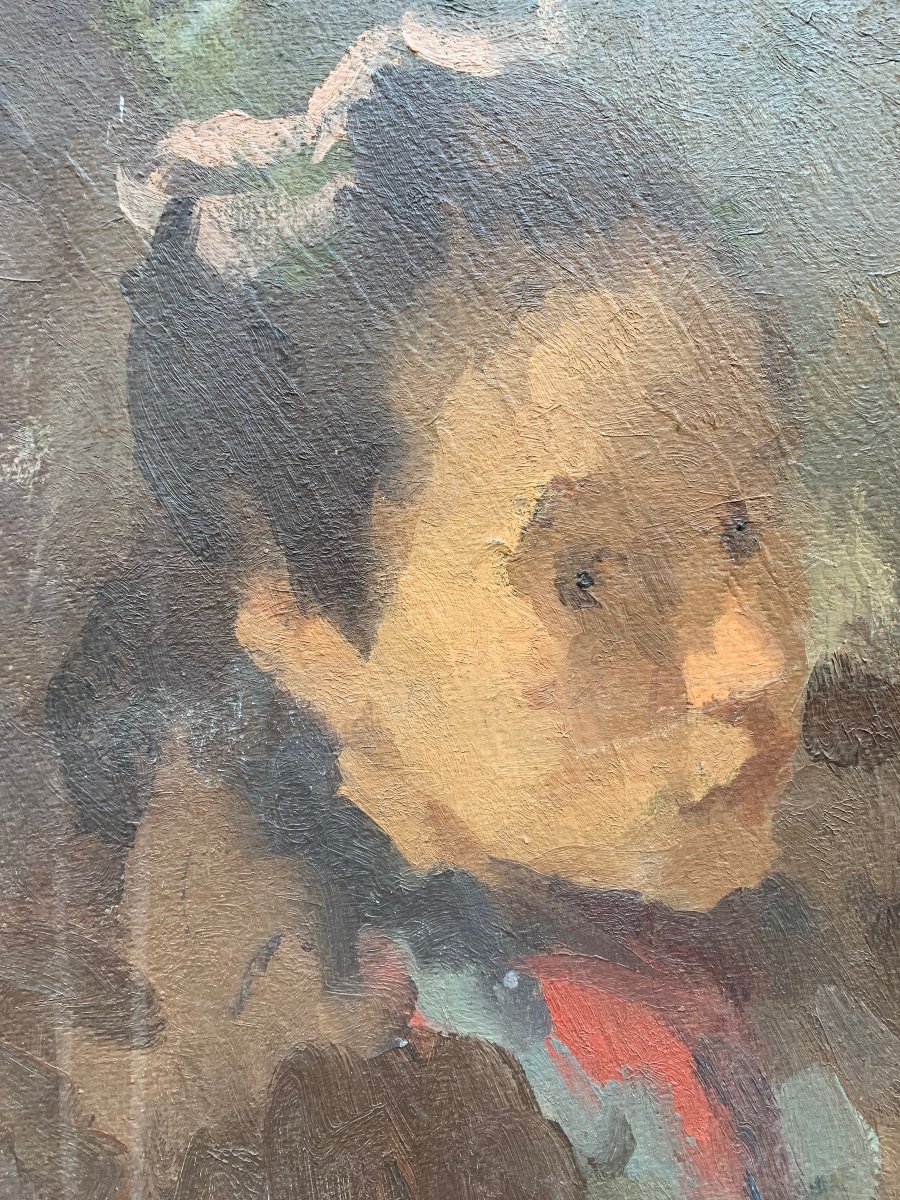


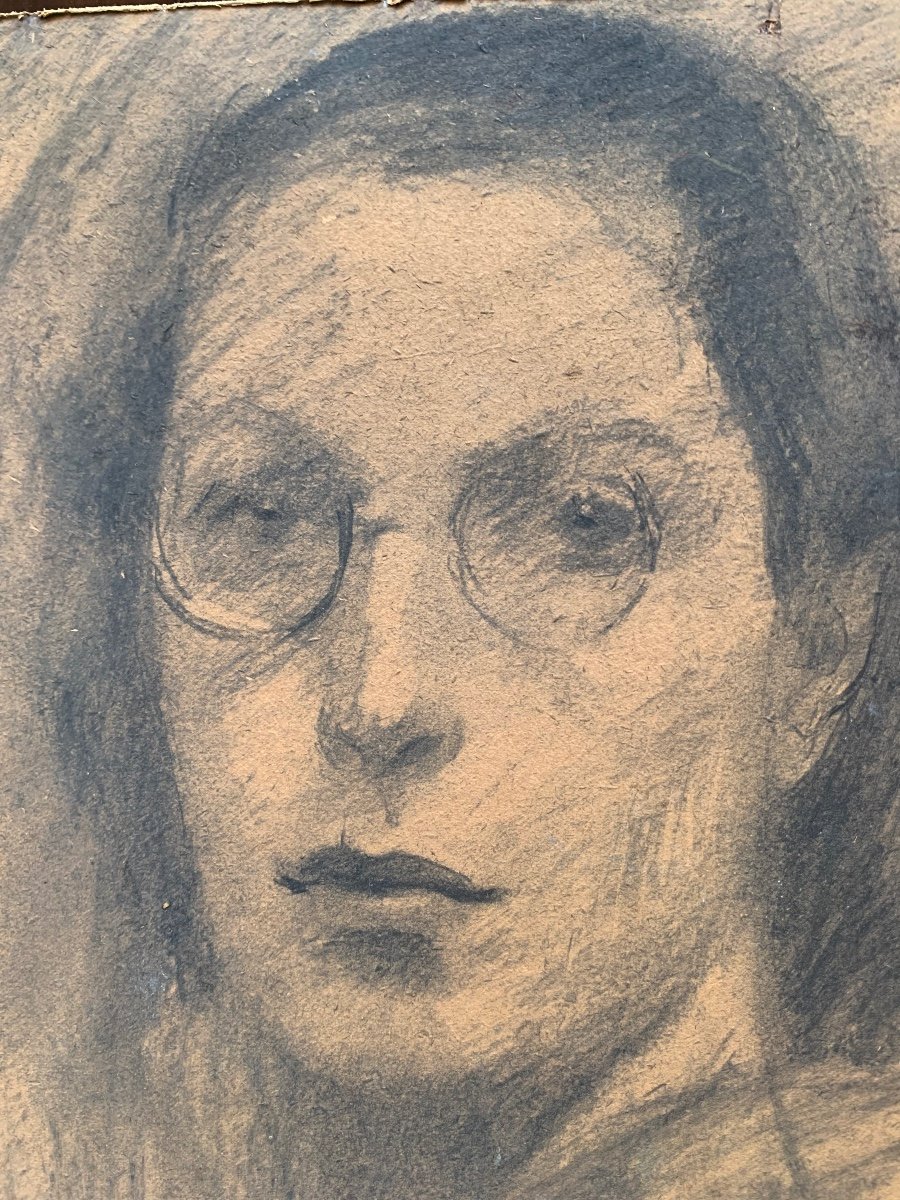
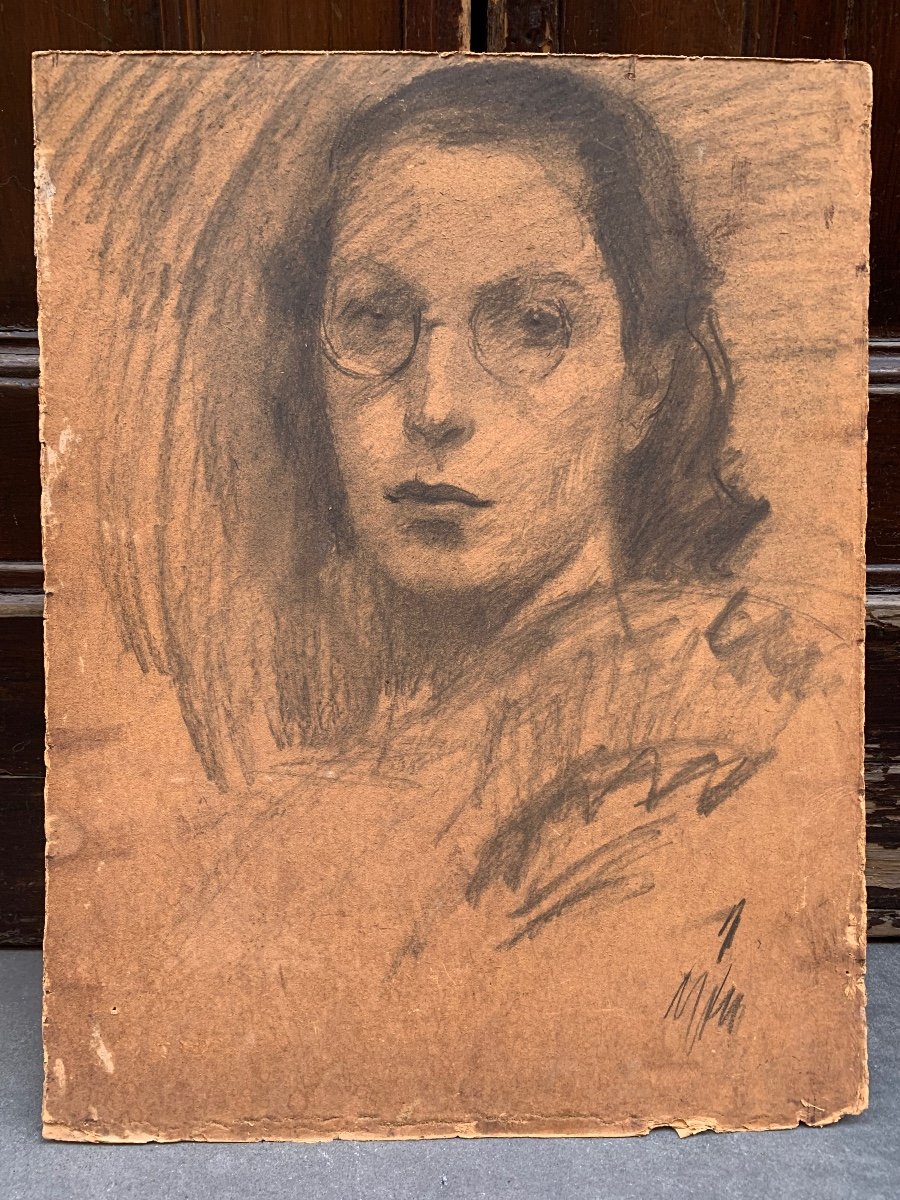


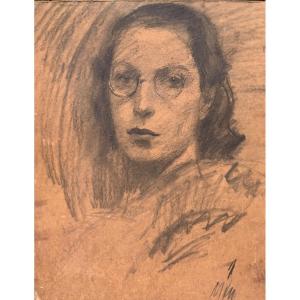











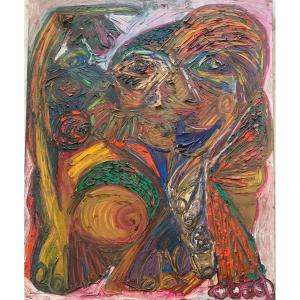
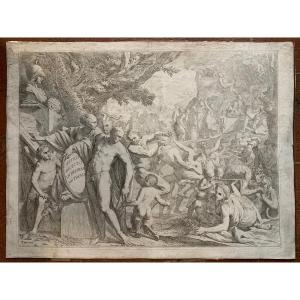


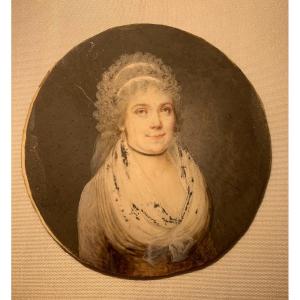
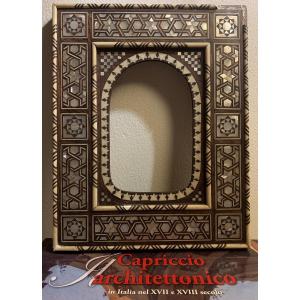







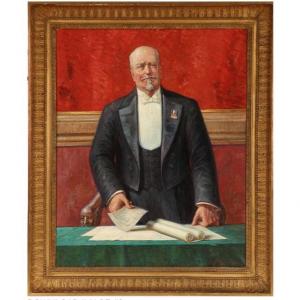

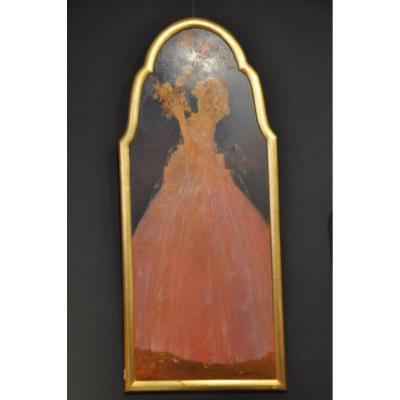

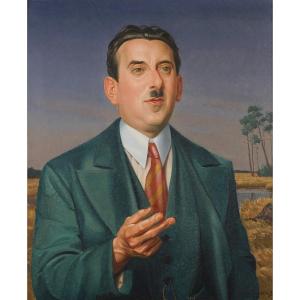



 Le Magazine de PROANTIC
Le Magazine de PROANTIC TRÉSORS Magazine
TRÉSORS Magazine Rivista Artiquariato
Rivista Artiquariato